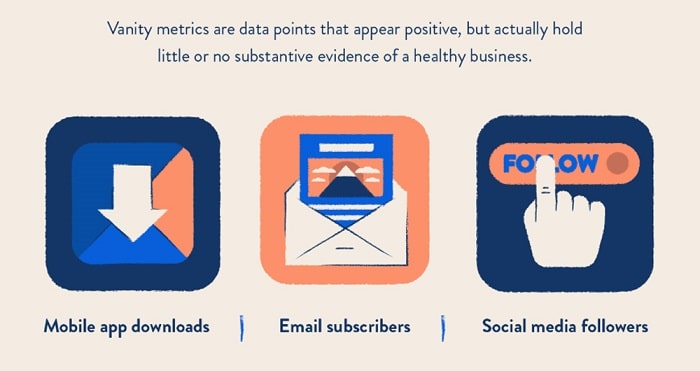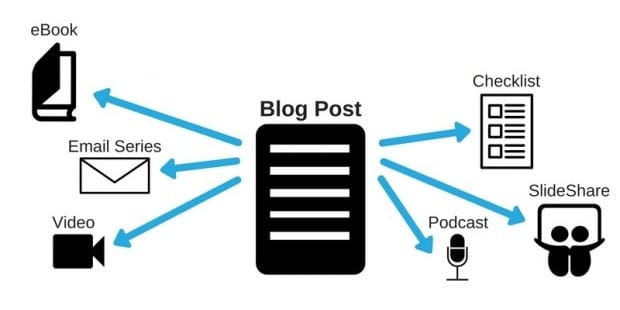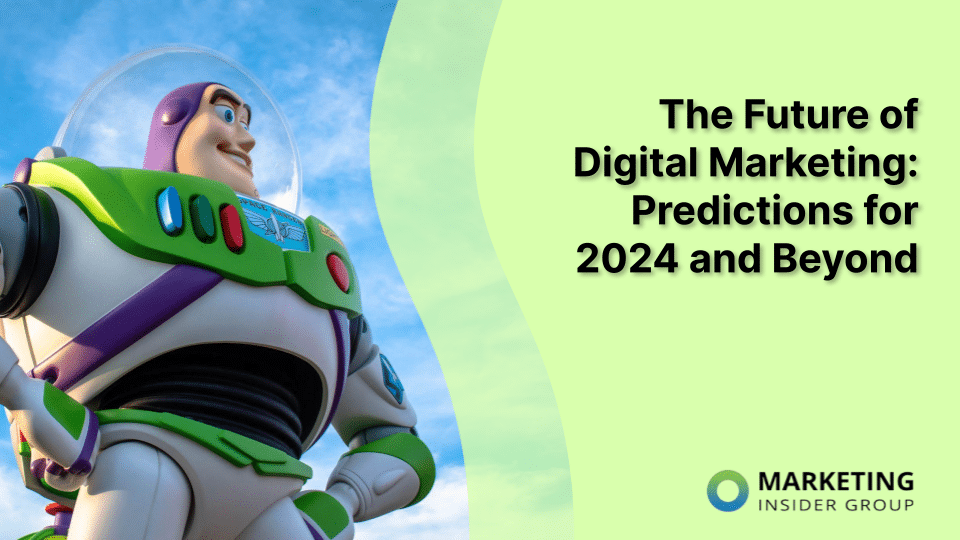
How to Leverage Social Media and Social Data for Future Content
You finish reading an article and think, “Wow, that was so _____________!” (informative, funny, helpful, etc.) and you feel compelled to share it with your friends. You scroll to the social share buttons: Facebook, Twitter, Instagram, Reddit, and more. You click one, write a comment to go along with your post, and hit submit.
You’ve just shared a post.
As a marketer, we want this action to be repeated by every single person who reads our content, and we want it to occur for every piece of content we’ve written, designed, produced, or photographed. While this is impossible, we can track how often our content is getting shared.
By leveraging social media metrics—from which social share data is gathered—we can better plan our editorial calendar that includes more of the content that our readers, through the actions of sharing, liking, and commenting, tell us they want more of.
Quick Takeaways:
- Understand the various types of social metrics and their importance.
- Ignore metrics that can’t be directly tied to your business goals.
- Analyze your audience to determine what kinds of content to create and where to publish it.
The Value of Social Media and Social Share Data
To gain an insight into what your consumers crave, what they feel compelled to show to their peers, and where they see this content, you need to focus on social media metrics, of which social share metrics are a part.
Types of Social Media Metrics
- Shares—This metric is a social share metric. It tells you where people shared it from to where they shared it to (such as your website to Facebook) and how often per platform. Shares can also be internal on a platform, such as Twitter retweets.
- Likes—A number that indicates how many people enjoyed the content. On Facebook and some other platforms, “reaction” buttons let you know how people specifically felt.
- Impressions—How often your content was displayed, even if it was not clicked.
- Hashtag usage—How many times your brand hashtags, or hashtags related to your brand, were used. It’s technically a social share metric as well. People may not use your social share buttons but through other methods (such as copying and pasting the link into a new post on a social media site, email or messaging platform), meaning you won’t necessarily get the data for it.
- URL clicks—How often people click the link in your social media post. Good for identifying what combination of social media site and content type that will get you the most traffic.
- Engagement—The number of times people have interacted with your content on a social media site. Users can engage with the content by clicking on it, liking it or reacting to it, leaving a comment on it, or sharing it in some way.
- Comments—Could also technically be a social share metric, but harder to measure. On Facebook, for example, instead of “sharing” the post, users will comment on the content and tag their friend(s), which gives that friend a notification and therefore, “shares” the content.
Vanity Metrics
Not all metrics are equal in terms of the value they offer to you. When it comes to reviewing your social share data, beware (AKA, ignore) vanity metrics, which do not help you in the process of deciding what type of content to create to ensure continued success.

Tableau creates business intelligence and analytics software that focuses on helping marketers “harness the power of their data.” They understand the benefit of helpful metrics and wrote a blog post on vanity metrics and ways to identify them.
According to Tableau, vanity metrics:
- are not actionable. They don’t help you make a decision.
- cannot be controlled or repeated.
- could be any metric. What is a vanity metric for your company may not be for someone else. It all depends on your goals.
- are devoid of any real substance.
Vanity metrics don’t translate into action. They’re fluff that can make you feel good about what you’re doing as a marketer. But it doesn’t translate into new customers or dollars, and that’s the whole reason we put in all the effort that we do.
Content marketing is about converting readers to customers. Actionable metrics give us an idea of how to best strategize our content calendar so that every piece of content we produce and publish has an exceptional chance of success of moving the customer even further through the buying funnel.
Use Social Share Data for Future Content Ideas
We are all about smartly using your analytics to guide you and help you determine the type of content you should create. We believe in closing gaps and increasing your return on investment (while decreasing wasted expenses) when it comes to your content marketing.
Here are some of the ways you can use social media metrics to mine your social share data for future content ideas and developing your own “best practices” in terms of posting the content.
Know what to talk about
Of your content that is most often shared, what topics do they cover? How often was it shared? Have the shares continued over time, or have they remained stagnant since the content was first published?
You can use this information as a basis for your content calendar. Look into ways that you can continue to cover these topics but from a different angle. For example, if you posted an article and then shared it on Facebook, where it was shared and sent foot traffic your way, consider breaking that article into mini pieces of content. You can:
- Create a series of graphics that highlight quotes, statistics, or other important points from the article.
- Use the topic and develop a question around it, calling for insight from your audience.
- Write a second article that expands on the topic or goes into more detail about something that was mentioned.
- Create a video version of the article.
One article can be turned into multiple pieces of content. And the same is true for the other types of content: Write an article based on the stats, answer the discussion question in an article or video, and turn the video into an article.

By looking back at successful topics, you can create new pieces of content based on a topic that you already know will resonate with your audience.
Where you can (such as in blog posts or as the text associated with image and video posts), be sure to link back to related content that you have previously published to take advantage of link building.
Know what content type to create
Data shows that some types of content perform better than others. For instance, tweets that include a video are six times as likely to be retweeted than one that uses only a photo.
But the point isn’t to look up “best performing content types for social media <year>” and rely on general data. Use your social media data to discover what your audience enjoys the most. Knowing the type of content your audience prefers is critical when it comes to creating your content calendar. Your audience has a specific need—what content best fills that void?
Know where to post the content
From what source is your content driving the most traffic to your website? Some social platforms may drive users more frequently and at a higher volume than others due to a variety of factors, including your audience (followers and those who stumble across your profile) and how well a particular piece of content translates on each social platform.
You want to publish your most exciting, well-executed content to the social media sites that drive the most traffic to your website, generate the most shares, and garner the most awareness for your brand.
We are not implying to completely neglect your other social channels. Instead, consider actions you can take to help it make your content engaged with by more people. While the core social media platforms for your audience cannot be compared as equals* in terms of features, you can evaluate what you’re doing on one platform that contributes to its success over another. For example, perhaps you’re putting money towards boosting your posts on one platform but not another. Unfortunately, unless content goes viral or the right person sees it and shares it, organic reach is more difficult to get.
By making sure you pair specific content and social media platforms based on performance data, there is a greater opportunity for the content to succeed. Which topics do well, what type of content does well, and what social platforms get you your greatest reach? Combine the three and you have the recipe for successful content.
Let Data Be Your Guide
Smart content marketing is about removing the guesswork of what you think your audience wants versus using the data at your disposal to learn, with certainty, what they want.
Don’t waste your resources creating content that will fall flat. Publish your social media content, analyze its performance, and make adjustments as needed to future content. Each time you do this process means you get closer to pinpointing what works.
But, like viral content, what’s “hot” and trending right now in social media may not be tomorrow—so always be on the lookout for your audience’s shifting interests!






